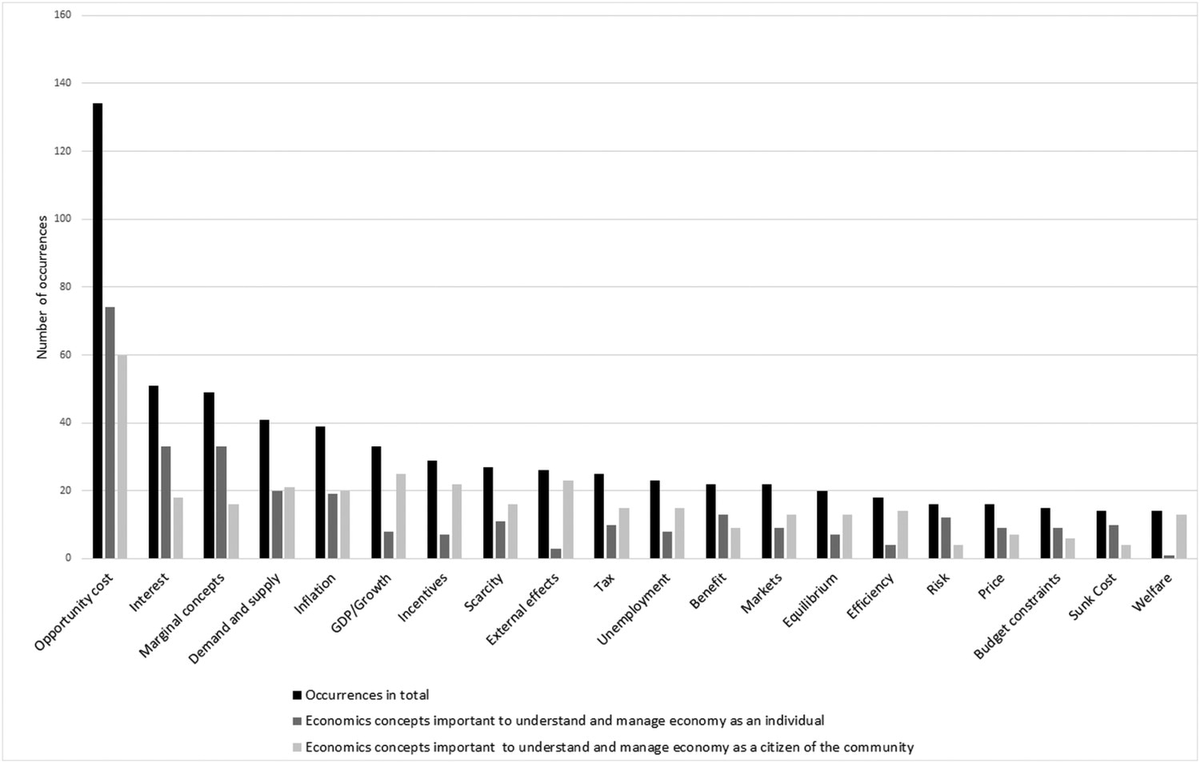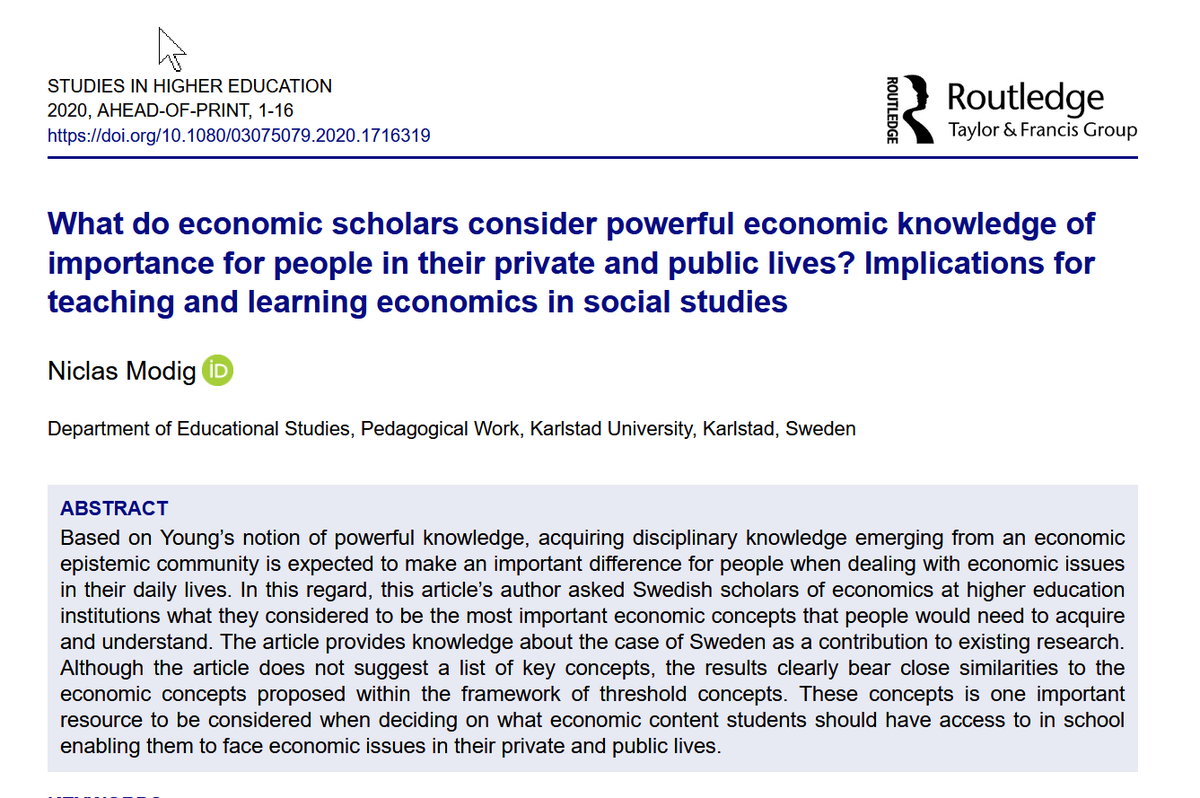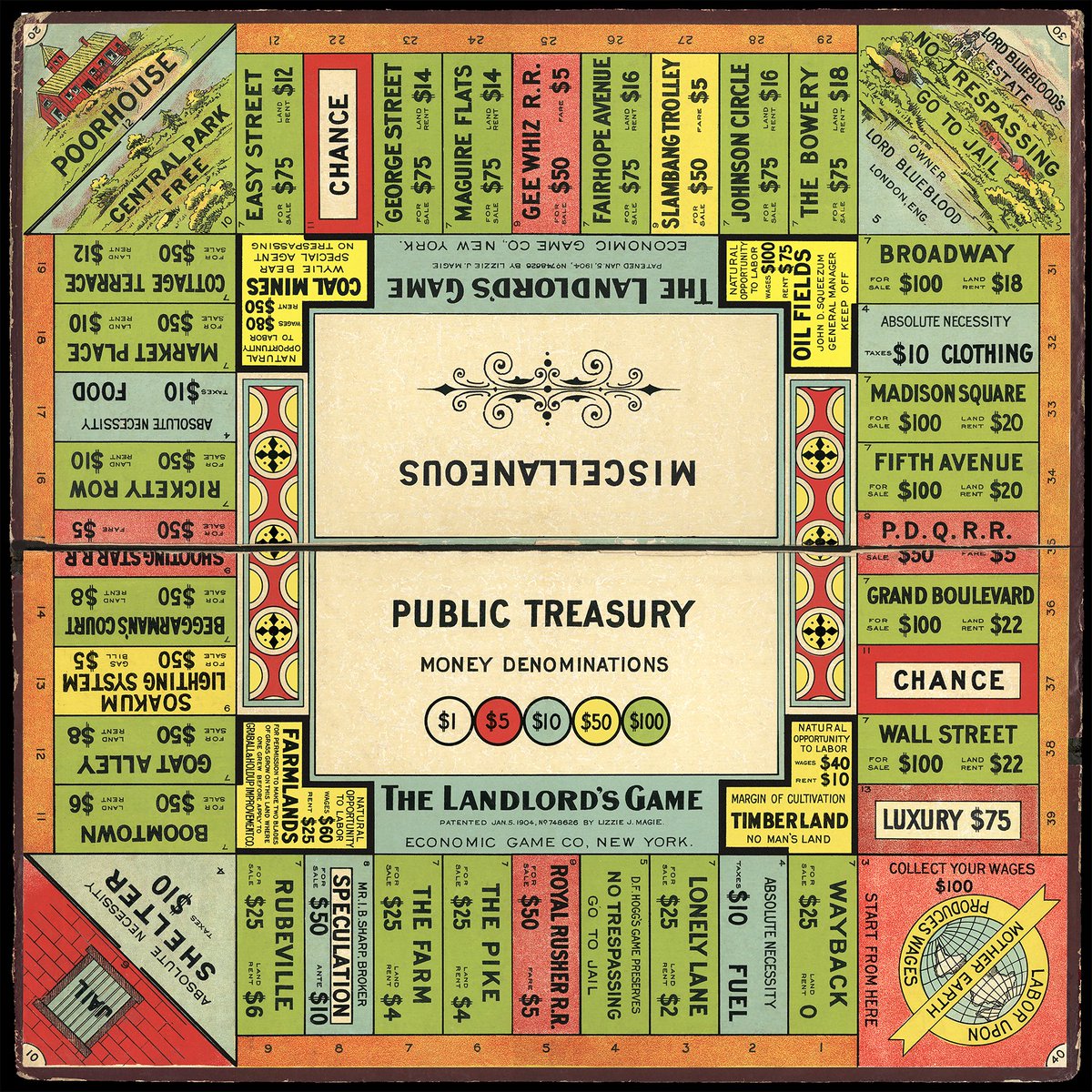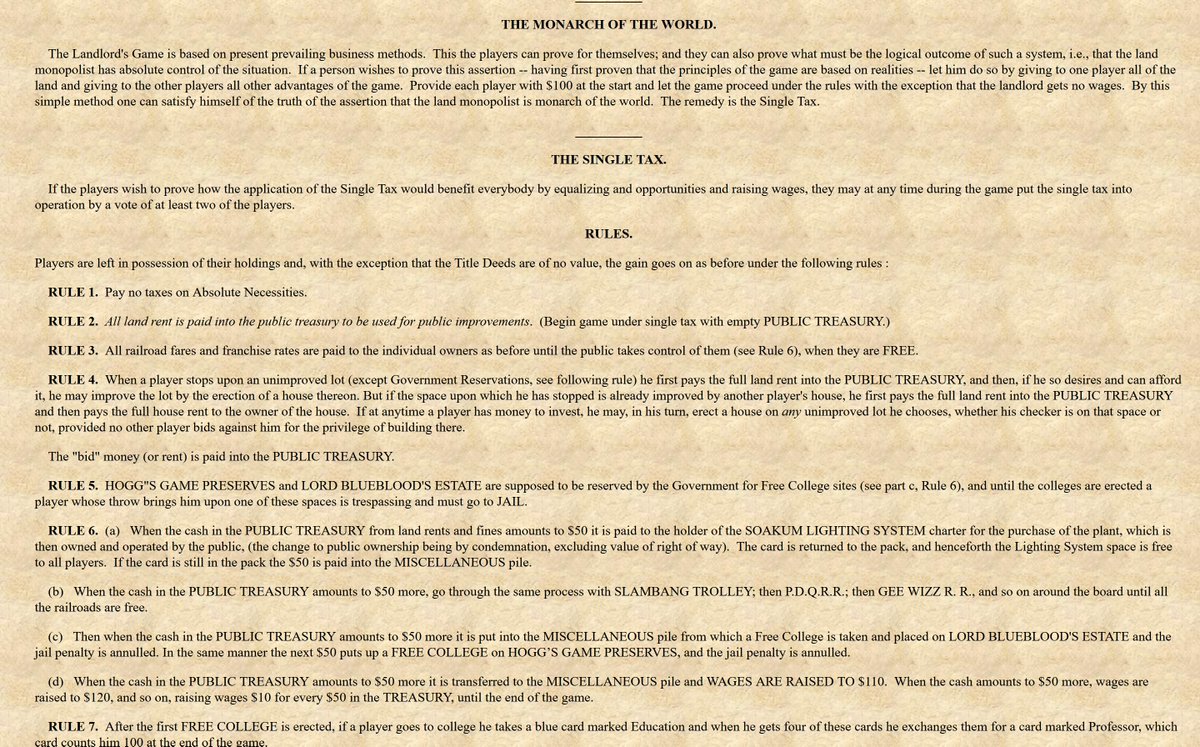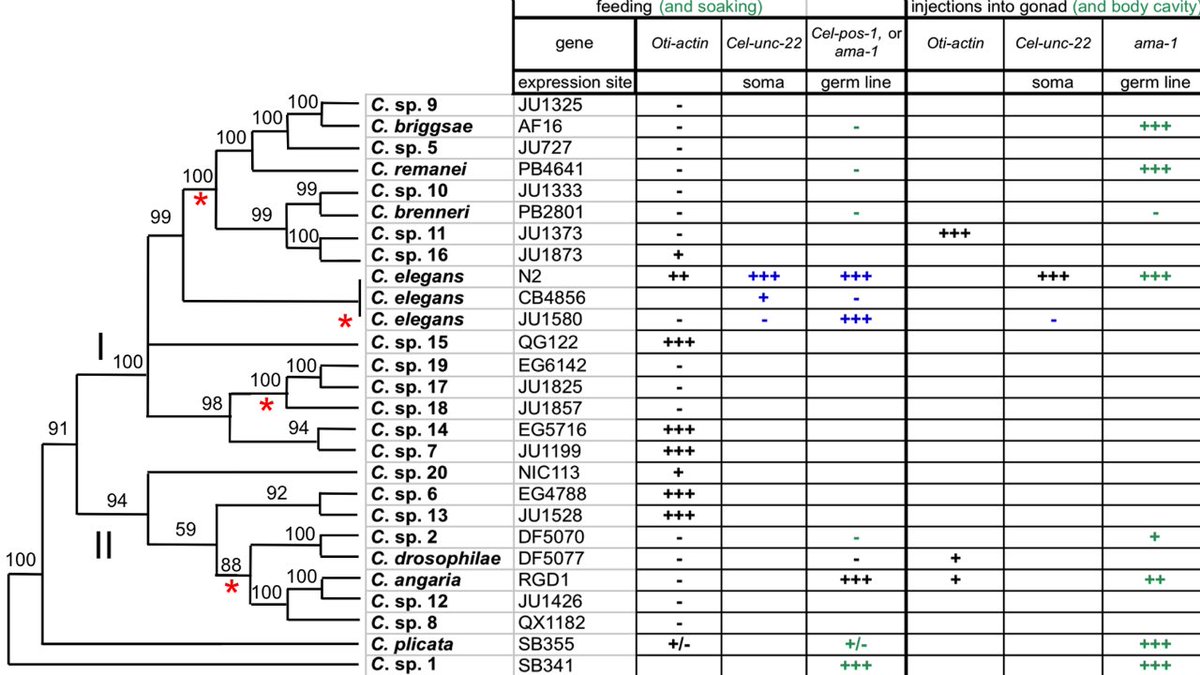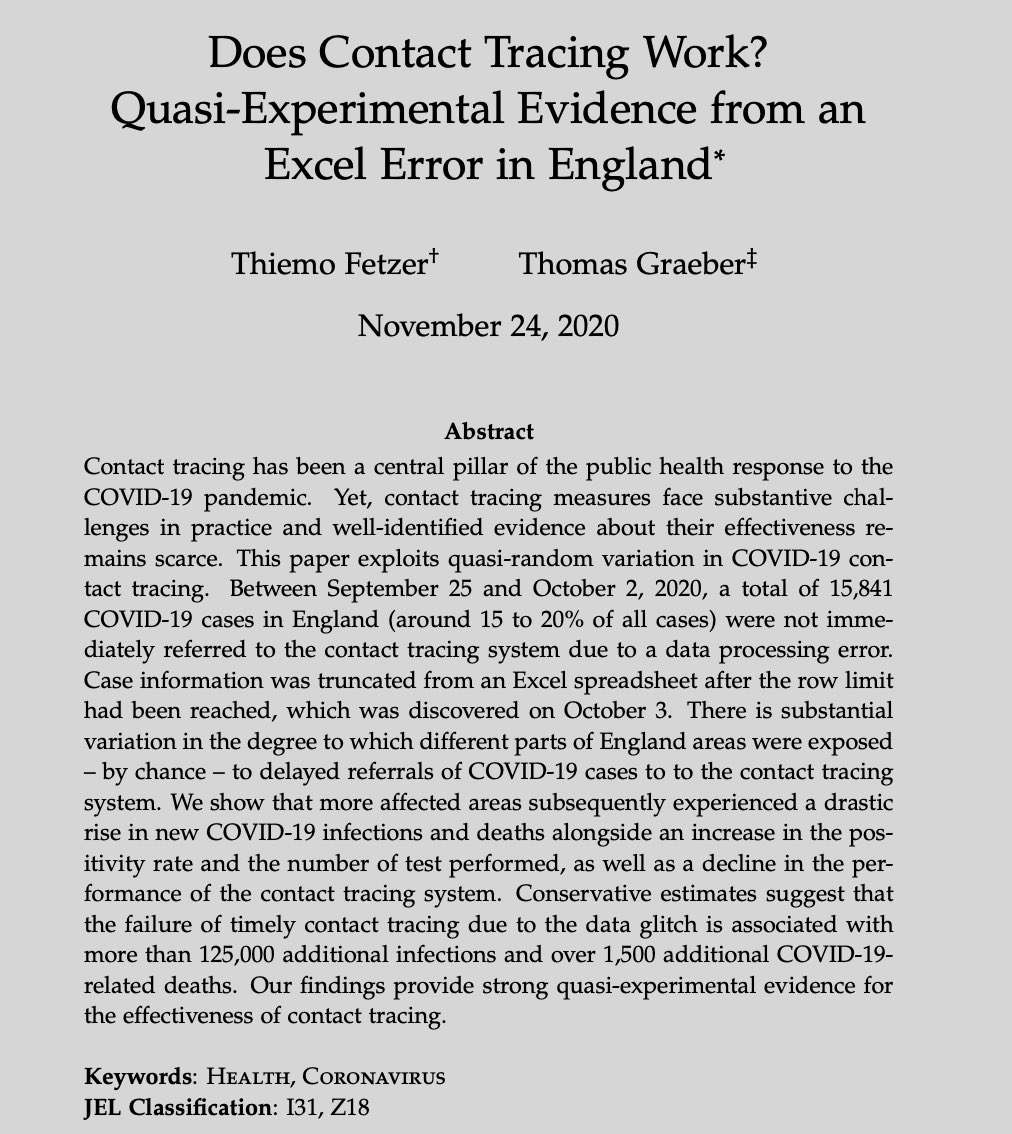
Thing to never do again: open offices. In addition to being terrible places to work, (they actually lower communication!) they are 🦠parties . Sick days are 62% higher than individual offices. Even group offices are better, six person rooms have 30% less sick days than open plans 

Maybe you don't care about getting sick, because you just want to talk to people. But open offices also kill socialization! Face-to-face communication among office workers actually drops by 70%(!!) in open plan offices, since people hide away from others. royalsocietypublishing.org/doi/pdf/10.109… 

Also, lets talk noise. Open office noise is a really subtle thing. In surveys, people think that they can concentrate in open office environments, but study after study shows that they are much worse at concentrating than they think. And noise cancelling headphones don't help... 




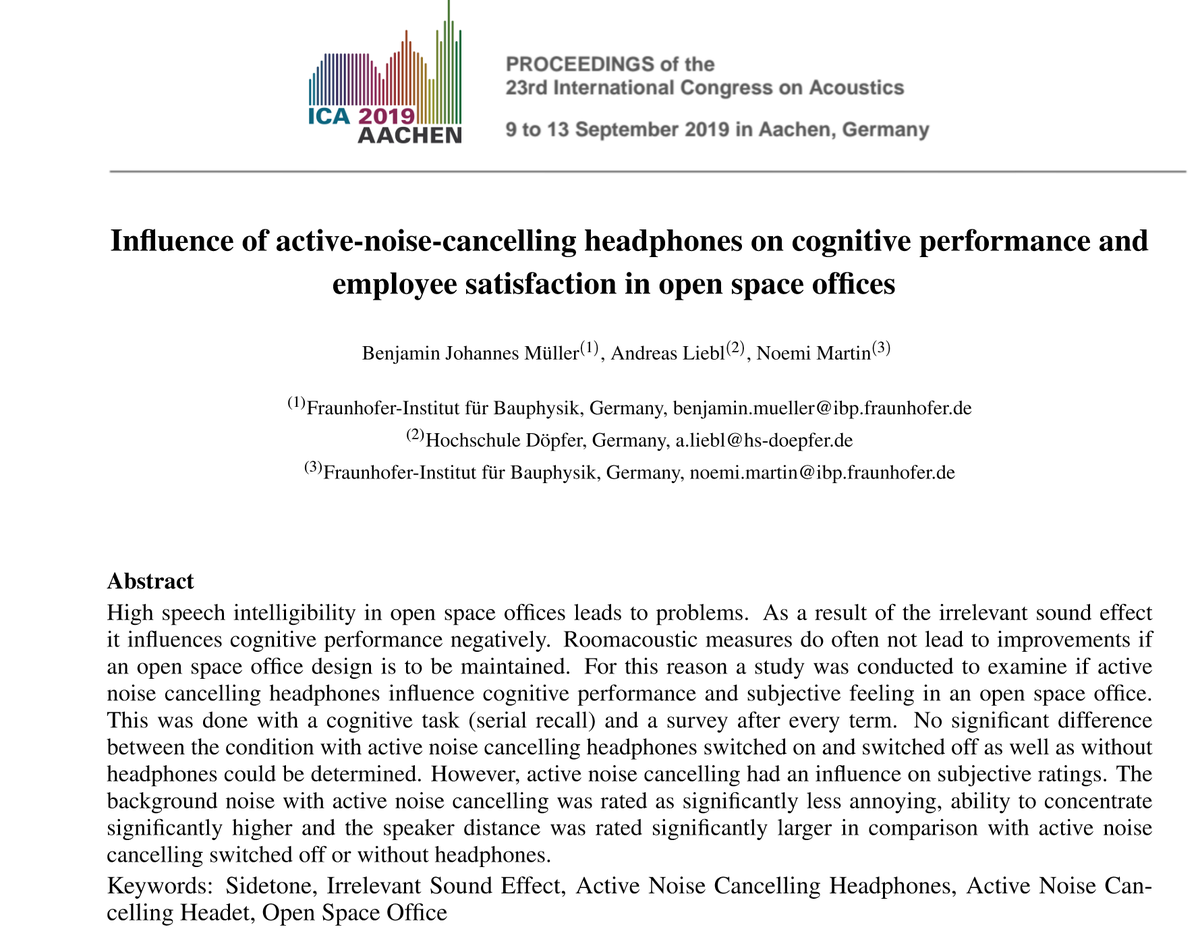


Now, the REAL argument for open offices has been that they save massive amounts of real estate money for companies, to the extent that it can boost corporate profits by 2-4%. But, given the downsides, and the reality of work-from-home, it isn't clear the tradeoffs work anymore. 

But don’t worry, solutions to open offices issues are on the way and they will clearly solve all the problems in this thread. 😬
https://twitter.com/curbed/status/1052914718019596288
• • •
Missing some Tweet in this thread? You can try to
force a refresh

